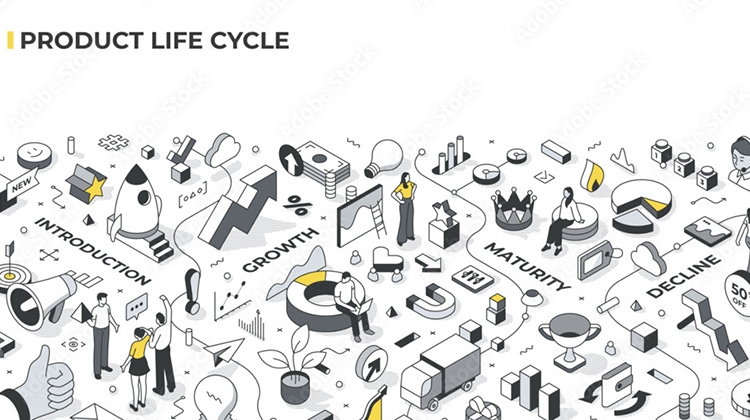The question then is how to gain process understanding rapidly and formulate a robust CMC control strategy. The obvious strategy for lean - and low-risk development is to leverage prior knowledge. The crux here is that there is limited information available for your product segment as it might be a new modality. Commodity bioproducts, such as mAbs, other protein therapeutics, traditional vaccines, and new, cutting-edge modalities, have different maturity levels for commercialisation and overcoming modality-specific challenges. Consequently, we may not be able to derive process understanding from those commodity products to develop a commercialisation strategy.
In this blog, we will explore the use of common methodologies to efficiently gain CMC process understanding, such as the relationships between CPPs and CQAs. A key question here is which methodologies can be adopted from the commodity products (Generation 1) to new modality products (Generation 2)?

Cross-Fertilising Methodologies between Generation 1 (Gen 1) and Generation 2 (Gen 2) Products
So, what are the common methodological enablers, potential cross-fertilising workflows, and good practices to apply these methods? Both generations of products need to develop a robust process control strategy. While the business goals for Gen 1 products may focus on transferability, scale-up, and process optimisation, Gen 2 needs to include the inherent variability of the starting raw materials and unique unit operations (such as cell processing) and need to properly define and carefully analyse the essential CQAs to ensure product and process robustness and performance over the lifecycle.
Methodologies for building a modality-specific control strategy from existing Gen 1 experience and prior knowledge could include the following:
- Leveraging process characterisation and validation workflows, experimental designs, and best practices while ensuring each is adapted to specific modality needs. For example, Design of Experiment (DoE) approaches to understand multivariate process parameter-product attribute relationships can be leveraged for similar unit operations
- Use of standardised approaches for Technical Risk Assessment, as part of a broader QbD approach to Control Strategy Development and Operational Readiness
- Application of first principles mechanistic models to new modalities to generate deep process and product understanding
- Adapt existing facility contamination control strategies, for example, bioburden controls and environmental monitoring
- Utilisation of standardised equipment validation strategies
- Integration of Gen2 processes and products into a holistic Digital Data and Analytics (DDA) framework including digital twins, process modelling, and advanced process controls such as PAT
Can the commodity product sector (Gen 1) also benefit from Gen 2 modalities and approaches? In other words, do we have methods that allow cross-fertilisation?
Yes indeed!
Historically, the variability of raw material attributes may not have been properly assessed, so we can learn a lot for increasing process robustness by looking at digitalisation solutions such as digital twins with uncertainty assessment of the input material.
Does this imply that we need more predictability from just a few experiments? Gen 2, especially autologous solutions, is inherently facing fewer experiments and needs to base the final process on platform knowledge. Such platform knowledge should be available according to the ICH Q10 and ICH Q12 principles.
We all must derive a lot more from the small amount of data we have. We are using data and directing it into knowledge, using all dimensions of data maturity - from data visualisation up to self-adaptive control strategies.
Curious to hear more about this fascinating topic? Track 4 of this Conference will focus on “Product Lifecycle Innovation through Cross-Fertilising Methodological Enablers across Biological Modalities” and provide answers to and reflect on relevant issues like:
- What are the workflows to get to manufacturing process and product platform understanding?
- How to formulate a holistic process control strategy?
- How can digital twins and their interplay with PAT help?
- In what areas does the process design justify distinctly different approaches between Generation 1 and 2 products?
Get involved!
Learn More & Register







